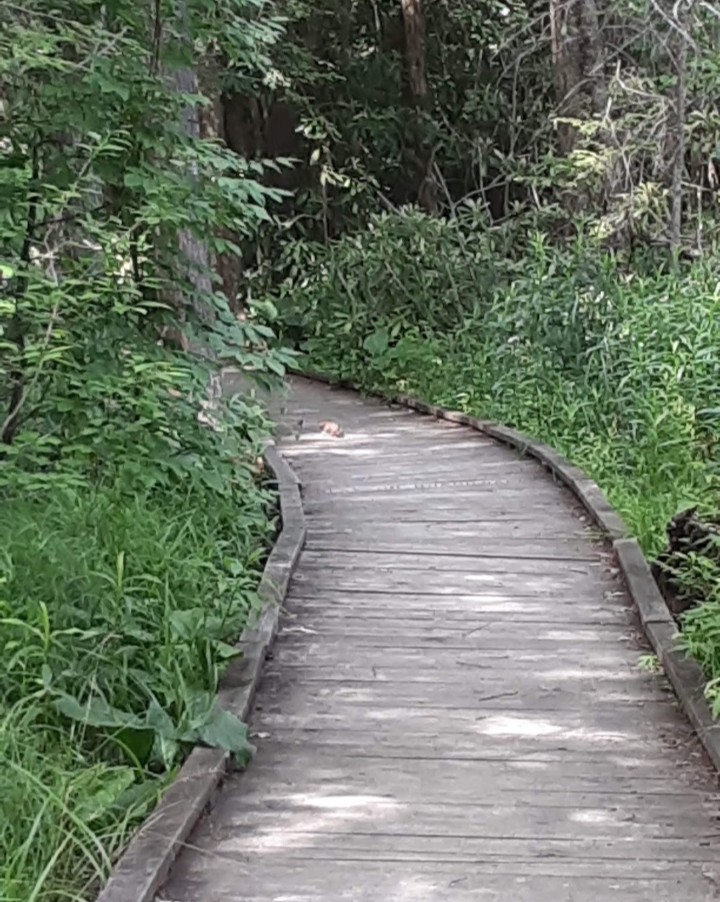There are some stories that take a lifetime to come together. The story I’m about to tell you now began more than 35 years ago – on the morning of Wednesday, September 3, 1986. For me, this was the first day of third grade at Lee Road Elementary School in Cornwall, New York. My teacher’s name was Ms. Ramirez. If memory serves, this was her first teaching gig out of college. She was probably all of 23-years-old then. I, on the other hand, wouldn’t turn eight until that November, which made me a little younger (and quite a bit shorter) than the rest of the kids in the class.
Third grade was a year of firsts for me. It was the first year I realized that I would endure countless skinned knees to impress pretty girls, and it was the first year I got so mad that I wanted to fight somebody. A fifth grader named Preston Crossman said something mean about my brother on the playground, so of course I had to tell everyone that I was going to beat him up. He cornered me in the bathroom later that day. I remember crying, and I’m sure I was shaking. But I balled up my fists just the same.
Preston, who was at least two feet taller than me back then, was not intimidated. But what he did next has stuck with me to this day. Preston put out his hand for me to shake, apologized, and walked away.
Third grade was also the year that I discovered just how much I enjoy writing. I wrote a story about soccer called “The Big Game.” It was a whopping two pages, hand-written in pencil. I even drew a book cover in crayon before presenting it to Ms. Ramirez. When she returned it to me, it had a gold star-sticker on the top right corner.
Looking back, third grade was a pretty impactful time in my life. But of all the mistakes I made and lessons I learned during those 10 months, it was the friendship born on that September morning that holds the most value. That was the day I met Brian Knoerzer. He was working on some type of art project. Our introduction came as he handed me a piece of construction paper and asked if I could tear a straight line.
Over the next ten years, I shared several more firsts with Brian. My first beer, my first cigarette and my first attempt at running away from home. The first curveball I successfully hit was the one Brian had thrown in the field past his mother’s apartment, and he was the last to say goodbye when I left New York.
It’s been 25-years since I have seen Brian, but we’ve kept in touch here and there since then. Although our lives since then have taken us in two very different directions, with Brian now living in Brooklyn, N.Y. and I in Lewisburg, W.Va., some things are exactly as they were when we were in the third grade; I still enjoy writing, and Brian is still working on some type of art project.
On the afternoon of Sunday, November 21, I celebrated my 43rd. birthday. It was also on that day I got to spend an hour on the phone catching up with my friend. In the years since high school, Brian has done some amazing things. He fathered a son, he became a teacher, and he’s showcased his art all across the country. From Brooklyn to Los Angeles, Brian’s passion and talent continues to influence the world of art.
“In terms of the artwork that I’m making, I’m usually mixing botanicals, like plants and stuff, with architecture,” Brian told me. “Either in a scene or a cityscape – something like that. And I’m trying to tell a story with the plants themselves…as if they’re kind of like people.”
Through his unique artistic style, Brian masterfully depicts feelings and emotions through imagery not generally assumed to possess either quality.
“Most people, they sense it when they look at it,” Brian said. “It’s just the silhouette of a plant, but it kind of says more than that. That’s basically what I’m trying to do. And so lately, I’ll draw an image like that – a huge, strong plant next to a little teenie weak one. And the title of the piece will be something like ‘symbiosis.’ It’s about two plants that are friends, or connected somehow. And one cares for the other one, something like that.
I’ll see something like that in my home or in my life, or something that reminds me of a relationship, or something that’s more than just plants. Then I’ll do a drawing of it, and transfer the drawing onto a block of wood. Then I’ll carve the image out so that I can print it off of the piece of wood. That’s called a ‘wood cut.’ The wood cut itself becomes sort of like a stencil; like a black and white, kind of a positive and negative image.”
From there, Brian will sometimes take the “stencil” and print the image on handmade paper. Other times, he will ‘wheat paste’ the image on the streets of New York.
“A couple of friends of mine, we wheat paste these images all over the city – abandoned construction sites, or different places. Maybe somebody tagged some ridiculous word or something, I’ll cover it up with a plant picture, instead.”
When I asked Brian if he thought of his work as “beautifying the city,” I could practically hear him smile through the phone.
“I like to think about it that way,” he said. “My friends and I, we’ll look at places, go out scouting. We’ll try to come up with ideas that make sense – site-specific street art, basically. And I think, if you do it like that, people are more likely to enjoy it. I like to think of it in that way…that I’m trying to do something good.”
After a short pause, Brian laughed.
“It’s definitely outlaw art,” he said, before continuing. “But I think in the right context, it’s acceptable. And in fact kind of inspiring for some people. If something’s been neglected – I have some buildings in my neighborhood that are really beat up, covered with all kinds of bad stuff, just rough stuff that nobody wants to look at every day. I’ll cover up something like that with a plant or a story.”
Brian went on to explain how printmaking became the key which allows him to share his art with the city.
“Printmaking is cool because there’s a lot of people who are into it. There’s a huge community,” he told me. “You go into a print studio when you’re making a picture, you got a lot of people who see it and you get feedback. Then you have all these extra copies of whatever you’re working on. So I started taking those extra copies and putting them up outside in the world. So that’s the story so far.”
Brian also told me that his inspiration for using plants in his work goes back to our hometown in New York.
“It’s a balance, I think,” Brian said. “We grew up upstate, and now I live in the city. There’s a part of me that, I think, that reacts with the plants and feels more connected to the way we grew up. So my studio has a lot of plants in it. And over time, I’ve thought about it. I think it’s kind of therapeutic. It calms me down. That natural kind of life against all the concrete and all the angles and all the buildings. All the urban life. I think the plants balance it out for me. They look like expressive, organic kinds of things in this super concrete jungle, you know?”
This past summer, Brian was a part of a competition-exhibit at Tag Gallery in Los Angeles, California. Tag is an artist-run gallery, and Brian was selected out of nearly 400 artists who had submitted samples of their work with the hope of being chosen to compete.
“I got in, sent a couple pieces over there,” Brian told me, while doing his best to remain modest. “I ended up getting third place or something, out of the awards for it. It’s like an ‘honorable mention’ out of 400 people that tried to get their artwork up. So I feel great about that. L.A. has a lot of opportunity out there. If you make a picture about plants that’s telling stories, I feel like they’re open to that more so sometimes than New York. Like if my art is too friendly in New York, people think it’s not mean enough, that I’m being too nice. And I don’t feel that way about west coast art in general. That’s kind of a sweeping statement, but it’s true. I like the scene out there in L.A. I like the way artists talk to each other. It’s very low key and casual. And I appreciate that kind of community when it comes to art.”
Despite his success as an artist, Brian spends his days helping to mold and shape young minds at the Williamsburg High School of Art and Technology in Brooklyn, where he teaches web development and digital art, among other things.
“It’s a blessing to get to talk about what you enjoy, and get paid for it,” Brian said about his day job. “I’m a teacher, but I’m teaching art and digital media, design fundamentals, color theory, things like that. I feel lucky that I get to share things I care about with people, and hopefully inspire them to explore whatever they’re interested in creatively. We got this great little school here. We have a lot of artsy, super talented kids coming to learn what we’re teaching there, which is great.”
Brian will next be showcasing his work at a New England exhibit scheduled to begin in January, however details have not yet been released. In the meantime, you can see Brian’s work on his Facebook and Instagram pages, or by visiting his website: brkzer.com.
There are some stories that take a lifetime to come together. But even though 35-years have come and gone, and it’s very possible that Ms. Ramirez is a happily retired grandmother by now, this story, like Brian’s art, is still evolving.
I can’t wait to tell you the next part…




